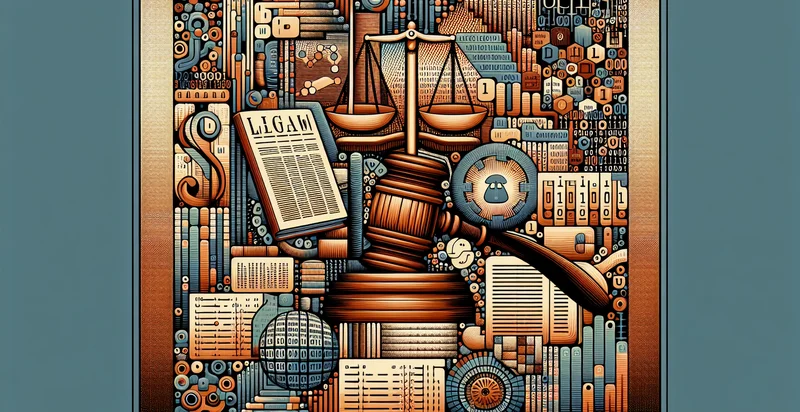Identify if rules have ambiguity
using AI
Below is a free classifier to identify if rules have ambiguity. Just input your text, and our AI will predict if there is ambiguity in the rules - in just seconds.

Contact us for API access
Or, use Nyckel to build highly-accurate custom classifiers in just minutes. No PhD required.
Get started
import nyckel
credentials = nyckel.Credentials("YOUR_CLIENT_ID", "YOUR_CLIENT_SECRET")
nyckel.invoke("if-rules-have-ambiguity", "your_text_here", credentials)
fetch('https://www.nyckel.com/v1/functions/if-rules-have-ambiguity/invoke', {
method: 'POST',
headers: {
'Authorization': 'Bearer ' + 'YOUR_BEARER_TOKEN',
'Content-Type': 'application/json',
},
body: JSON.stringify(
{"data": "your_text_here"}
)
})
.then(response => response.json())
.then(data => console.log(data));
curl -X POST \
-H "Content-Type: application/json" \
-H "Authorization: Bearer YOUR_BEARER_TOKEN" \
-d '{"data": "your_text_here"}' \
https://www.nyckel.com/v1/functions/if-rules-have-ambiguity/invoke
How this classifier works
To start, input the text that you'd like analyzed. Our AI tool will then predict if there is ambiguity in the rules.
This pretrained text model uses a Nyckel-created dataset and has 2 labels, including Ambiguous Rules and Clear Rules.
We'll also show a confidence score (the higher the number, the more confident the AI model is around if there is ambiguity in the rules).
Whether you're just curious or building if rules have ambiguity detection into your application, we hope our classifier proves helpful.
Related Classifiers
Need to identify if rules have ambiguity at scale?
Get API or Zapier access to this classifier for free. It's perfect for:
- Compliance Monitoring: In regulated industries, rules and regulations can often be ambiguous. Implementing an ambiguity identifier can help compliance teams identify unclear regulations, allowing them to seek further clarification and ensure adherence to legal standards.
- Customer Support Optimization: Customer service teams frequently deal with ambiguous queries from clients. By utilizing an ambiguity identifier, agents can prioritize and clarify these queries, leading to faster resolution times and improved customer satisfaction.
- Automated Document Review: Many businesses handle large volumes of documents containing complex rules. An ambiguity identifier can streamline the document review process by flagging unclear sections for human review, enhancing efficiency and reducing potential legal risks.
- Policy Development: When developing company policies, ambiguities can lead to inconsistent application and enforcement. An ambiguity identifier can assist HR teams by highlighting areas needing refinement, ensuring policies are clear and actionable for all employees.
- Risk Assessment: Identifying ambiguous language in risk assessments is crucial for accurate evaluation. This technology can help risk managers pinpoint vague terms, enabling better risk mitigation strategies and more informed decision-making.
- Legal Document Analysis: Lawyers often encounter documents with ambiguous clauses that can impact interpretations. An ambiguity identifier can aid legal professionals by quickly identifying problematic language, facilitating more effective negotiations and contract drafting.
- Training and Development: In organizational training materials, ambiguous instructions can confuse employees. An ambiguity identifier can help instructional designers refine content by highlighting unclear sections, leading to more effective training programs and improved employee performance.


